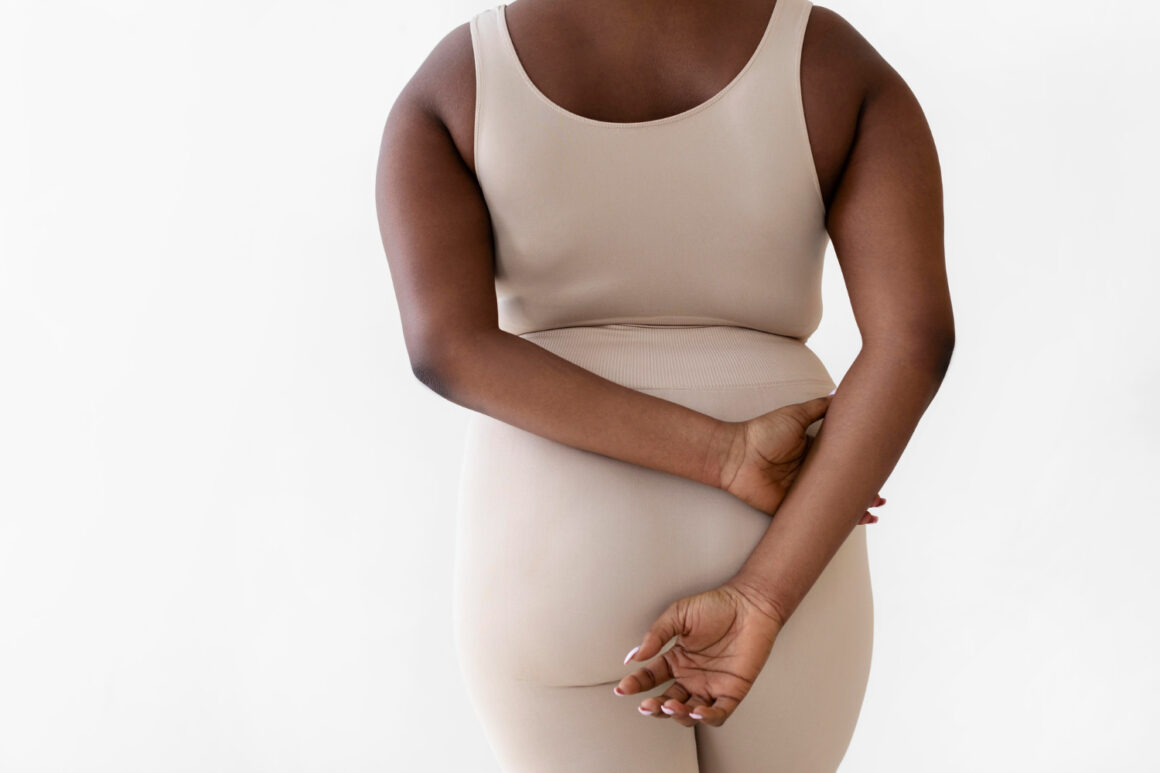We’ve all experienced moments where we feel a little insecure about our physical appearance. Whether you’ve found yourself wishing for longer hair, whiter teeth, or smoother skin, these fleeting thoughts often arise when you glance in the mirror. It’s common to scrutinize ourselves, noticing imperfections that we wish we could change. But for most of us, these thoughts remain just that; momentary reflections that fade into the background as we step away from the mirror and continue with our day.
We might occasionally revisit these insecurities, especially when bombarded by the relentless pressure from the diet culture industry, which often amplifies these concerns through the media we consume. However, for some people, these insecurities don’t just linger in the background, they become an all-consuming preoccupation that significantly impacts their daily life. This is where Body Dysmorphic Disorder (BDD) comes into play.
What is Body Dysmorphic Disorder?
Body Dysmorphic Disorder (BDD) is a mental health condition characterized by an obsessive focus on perceived flaws or defects in one’s physical appearance. These perceived imperfections, often minor or entirely imagined, cause significant distress and can interfere with a person’s ability to function in daily life.
Unlike general dissatisfaction with one’s appearance, BDD involves a persistent, intrusive fixation that dominates thoughts and behaviors. Studies have shown that BDD appears to be a relatively common condition, about 2% of the general population experience some form of BDD yet it continues to be a misunderstood condition.

People with BDD often spend hours each day examining themselves in mirrors, seeking reassurance from others, or engaging in repetitive behaviors such as excessive grooming, skin picking, or trying to camouflage the perceived flaw. The disorder can lead to severe anxiety, depression, and social isolation, as the individual becomes increasingly preoccupied with their appearance. Common symptoms of Body Dysmorphic Disorder include:
- Compulsive grooming
- Frequent mirror checking or avoidance
- Feeling shame or disgust about your body or appearance
- Seeking reassurance
- Social avoidance
- Repeated cosmetic procedures to “fix” the perceived flaws
The severity of BDD can differ significantly. Some people recognize that their feelings are irrational or unwarranted, while others are deeply convinced of their perceived flaws, to the point of near-delusion. BDD causes intense emotional distress, far beyond mere vanity, and it’s not something that one can simply ‘forget about’ or ‘get over’.
What causes BDD?
The exact cause of BDD is not fully understood however, this condition usually begins in adolescence years and experts believe it results from a combination of biological, psychological, and environmental factors. Here are some theories of the primary causes of BDD:
Genetics
A family history of BDD or other mental health disorders may increase the risk of developing this condition.
Abnormalities in brain structure
BDD could be caused by chemical imbalances in the brain. People with BDD often have brain areas that are too active or work differently than expected. Those differences make it hard to control thoughts and actions related to the condition.
Trauma/childhood abuse
A history of adverse childhood experiences or trauma especially related to appearance or self-image such as bullying can play a significant role in the onset of Body Dysmorphic Disorder.
Cultural and social influences
Different cultures have different standards of beauty. The societal pressure to meet unrealistic beauty standards, exposure to idealized images of beauty in the media, and even diet culture can all affect how you view your body and contribute to the development of BDD.
Body dysmorphia vs. low self-esteem

It’s important to distinguish between Body Dysmorphic Disorder and low self-esteem, as they are often confused due to their overlapping symptoms. Just as sadness and depression share similarities, low self-esteem and body dysmorphia also resemble one another. While both involve dissatisfaction with one’s appearance, the severity and impact differ significantly. Low self-esteem is a broader term that refers to a person’s overall sense of self-worth or personal value.
People with low self-esteem may struggle with feelings of inadequacy, insecurity, and doubt across various aspects of their lives, including appearance, relationships, and achievements. Their dissatisfaction with their appearance may be part of a larger pattern of negative self-perception but is typically less intense and less specific than in BDD.
In contrast, BDD is a more severe, focused, and debilitating condition. The primary difference lies in the intensity and specificity of the concerns. While someone with low self-esteem may feel generally unhappy with their looks, a person with BDD is fixated on a particular flaw or set of flaws, often to the point of obsession.
The perceived flaw becomes the center of their self-image, overshadowing other aspects of their identity and leading to significant emotional distress. Another key distinction is the level of impairment. People with low self-esteem might feel insecure or self-conscious, but they can generally function in their daily lives. In contrast, Body Dysmorphia can be so overwhelming that it disrupts everyday activities, leading to social withdrawal, difficulty at work or school, and even suicidal thoughts or behaviors.
Understanding these differences is crucial for effective treatment. While improving self-esteem can benefit individuals with low self-worth, those with BDD often require more specialized interventions. According to the Anxiety & Depression Association of America, BDD can be professionally treated with prescription medications in addition to cognitive-behavioral therapy (CBT) tailored to address the obsessive thoughts and compulsive behaviors associated with the disorder.
Body Dysmorphic Disorder is a serious and often misunderstood condition that goes beyond typical concerns about appearance. It is a pervasive and debilitating disorder that can significantly impact an individual’s quality of life. Left untreated, BDD can lead to severe depression and suicidal thoughts. Body dysmorphic disorder often goes undiagnosed as it can be cloaked behind other mental health conditions. Therefore, recognizing the symptoms, understanding the causes, and distinguishing BDD from general low self-esteem are essential steps in supporting those who struggle with this condition. If you or someone you know may be experiencing symptoms of Body Dysmorphic Disorder, it is important to seek professional help. Early intervention can make a significant difference in managing the disorder and improving overall well-being.

